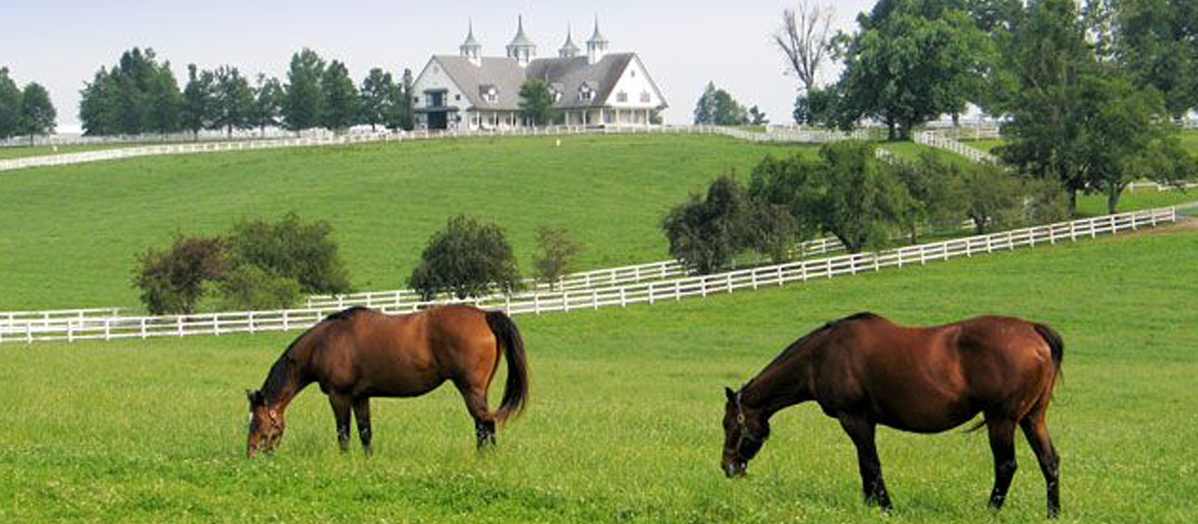365 Days in Horse Country - Nutraceuticals
May 26th, 2013
365
Days in Horse Country – Nutraceuticals
You have
probably heard of nutraceuticals, dietary supplements that provide nutritional
effects but aren’t considered drugs. Many people take these supplements, especially
the more popular nutraceuticals such as Echinacea, St. John’s Wort, and Ginkgo
Biloba.
Horses can
benefit from nutraceuticals, too, just like humans. The most commonl ...







